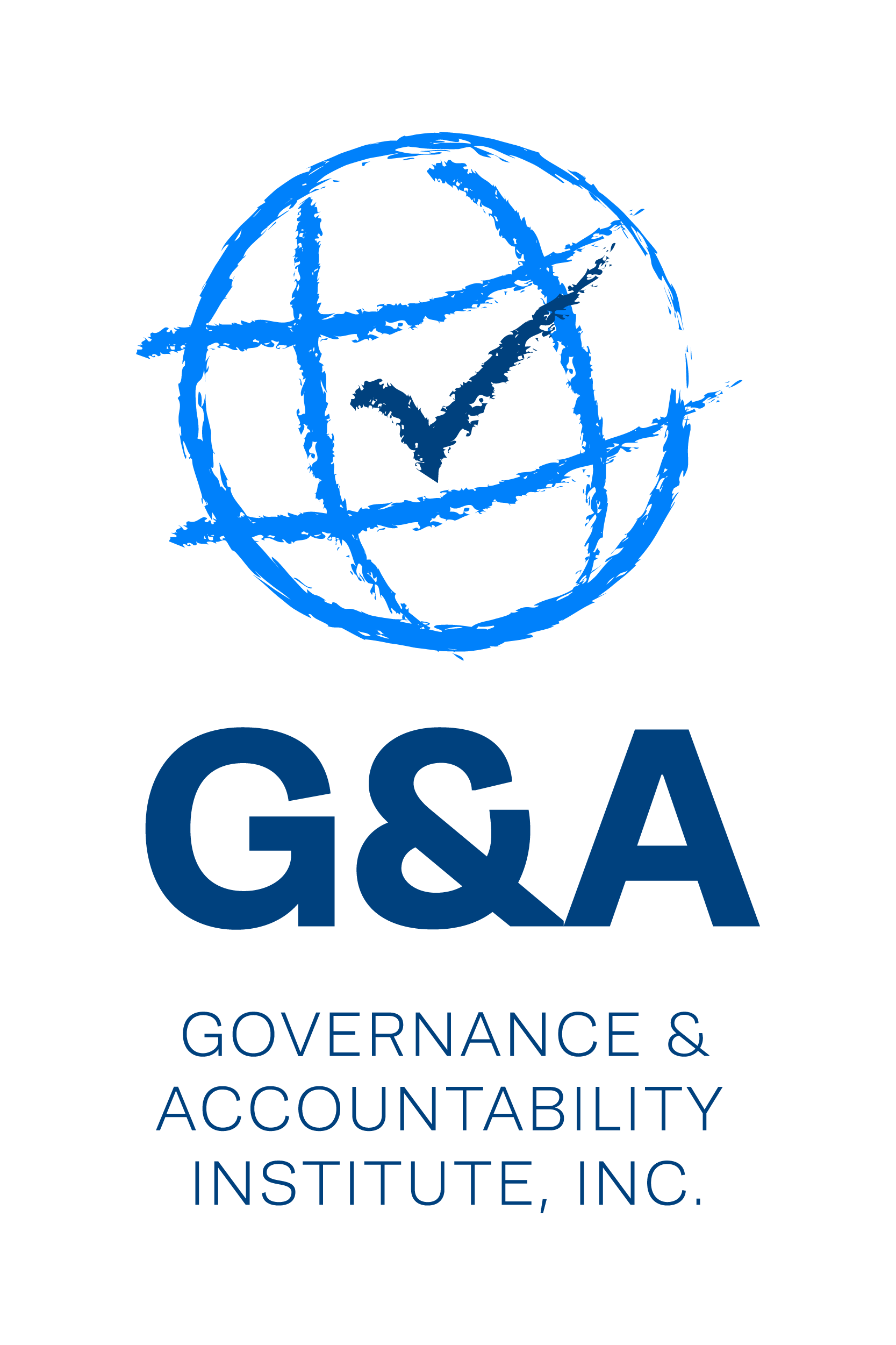Sustainable Mutual Funds Investing Ratings
G&A's Sustainability Highlights (06.21.2018)

Sustainable Mutual Funds Investing Ratings
– Morningstar Has Added This To Its Widely-Used Information & Advice Platform – Some Practical Advice Offered to Investors…
Mutual Funds: They are there in your individual or institutional portfolio, right? This should be of interest to most:
The 20th Century concept of “mutual funds” investment debuted before the stock market crash of October 1929; in 1924 the Massachusetts Investors’ Trust in Boston was created with State Street Investors’ Trust as the custodian. That fund opened to public investment in 1928. That same year the Wellington Fund (offering both bonds and equity) opened for business.
When the dramatic market crash occurred there were 19 open-ended funds for investors. The 1929 crash diminished individual investors’ appetite for equities for most of the following decade. And, most Americans had little money to invest during the Great Depression (one of four households were unemployed).
But by 1940, as investors “recovered” and gained some confidence in the market, and the national economy improved with preparation for WW II, there were enough mutual funds for the Congress to pass the Investment Company Act of 1940 to regulate mutual funds and protect investors.
The first index funds came along in 1971 (a Wells Fargo offering); The Vanguard Group’s legendary investor John Bogle would use the concept (he embraced while a college student) to build the giant mutual fund enterprise.
By the end of 2016, Statista was charting 9,500-plus funds with US$16 trillion in AUM in operation. There are also Exchange Traded Funds (ETFs) now with at least $3 trillion in AUM as of October 2017 according to Global X.
Of course, as investors embrace the concept of sustainable or ESG investing, both mutual fund and ETFs offerings have been coming to market to add to the long-available funds offered by Domini, Trillium, MSCI, Pax, Calvert, Zevin, and other SRI advisory firms (the newer funds du jour have such titles as Fossil Free, Green Future, Sustainable Investing, Green Bonds, Low Carbon, Socially Responsible, etc.).
And, of course, sustainability-focused ratings/scores/rankings/best for mutual funds and ETFs quickly followed here in the 21st Century as “sustainable” funds expanded. The popular Morningstar platform offers information on “Socially Responsible Funds” – any fund investing according to non-economic guidelines (issues include environmental responsibility, human rights, religious views, etc.) Morningstar also offers Sustainability Ratings for “Sustainable Investing” funds and tools such as the Portfolio Carbon Risk Score™.
Janet Brown, a contributor to Forbes’ “Intelligent Investing,” offers her perspectives on ratings and rankings in this issue’s Top Story. She begins with: between two funds with the same returns, many people invest in the one with companies with good ESG practices or commitment to data security and privacy. Do sustainable ratings of the funds make a difference?
There are four factors she and the team at her company (Fund X Investment Group) and Morningstar recommend considering: (1) Cost of Ratings (free or not); (2) What do sustainability ratings measure?; (3) How to use these ratings to find suitable funds; (4) How do the ratings fit into your investing strategy?
The narrative captures highlights of a recent webinar by Fund X and Morningstar and explains some of the latter’s approach to the new Sustainable Funds ratings for you.
This is just the introduction of G&A's Sustainability Highlights newsletter this week. Click here to view the full issue.

